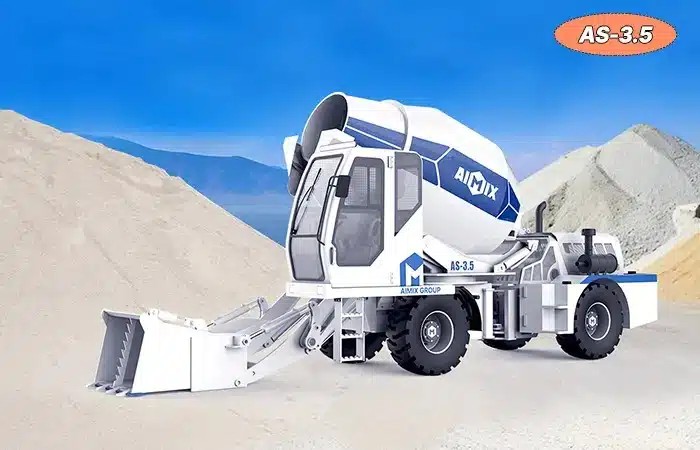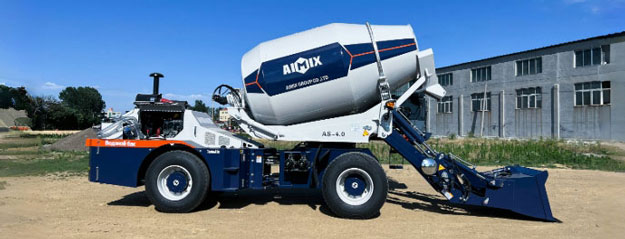Maximize Value: Mini Self-Loading Concrete Mixers Offering 6-8 Cubic Meters per Hour for Builders
For too long, small and medium-scale builders have been ensnared in an inefficient paradigm, forced to choose between the logistical labyrinth of ready-mix concrete and the labor-intensive drudgery of manual mixing. This dichotomy represents a false choice, one that stifles profitability and project timelines. The emergence of mini self loading concrete mixer with a consistent output of 6-8 cubic meters per hour dismantles this outdated model. This class of equipment is not a mere incremental improvement; it is a fundamental recalibration of on-site production economics, offering builders an unprecedented degree of operational sovereignty and financial leverage.

Challenging the Inefficiency Paradigm in Small-Scale Construction
Traditional methods are fraught with concealed expenses that erode profit margins. Relying on large ready-mix trucks incurs not just material costs but also precarious wait times, potential for rejected loads due to delays, and the sheer impossibility of accessing confined sites. Manual mixing, while offering location independence, is catastrophically slow, inconsistent in quality, and demands a significant and costly labor force. The specification of 6-8 cubic meters per hour is not arbitrary; it is a strategic output that directly meets the demand of a vast array of projects—from residential foundations and septic systems to small commercial slabs and landscaping features. This output range provides a continuous, predictable supply of material, ensuring that a crew of finishers can work uninterrupted at an optimal pace, thereby compressing project schedules and eliminating the idle time that plagues traditional approaches.
The Autonomy and Agility of the Self-Loading Design
The defining characteristic of this equipment is its operational autonomy. The integrated self-loading system—typically a hydraulic scoop and articulated arm—liberates the builder from external dependencies. The machine loads its own raw materials (aggregate, sand, cement) from ground stockpiles, precisely meters water, and mixes the concrete batch within its rotating drum. This all-in-one functionality negates the need for a separate wheel loader, a batching plant, and the associated labor to run them. Furthermore, the compact dimensions and all-wheel-drive capabilities of these mini cement mixers grant them remarkable agility. They can traverse rough terrain, navigate through standard gateways, and position themselves directly at the point of placement, a feat impossible for large trucks. This alacrity in movement and setup translates into saved time and the ability to tackle projects in locations previously considered logistically prohibitive.

A Rigorous Cost-Benefit Analysis for the Discerning Builder
A superficial analysis might focus solely on the machine's acquisition cost. A more critical and accurate evaluation examines the totality of value creation. The most immediate financial benefit is the outright elimination of costs associated with subcontracted concrete delivery: wait fees, mileage charges, and short-load penalties. Labor costs are drastically reconfigured; the machine is operated by a single person, replacing a entire manual mixing crew. The value of time compression cannot be overstated; completing projects faster reduces overhead costs and frees up resources to undertake additional work, thereby increasing overall revenue capacity. This creates a compounding return on investment. Ultimately, ownership of such a concrete mixer for sale in Jamaica transforms a builder's business model, granting complete control over the single most critical material on site and turning a cost center into a strategic profit center.


